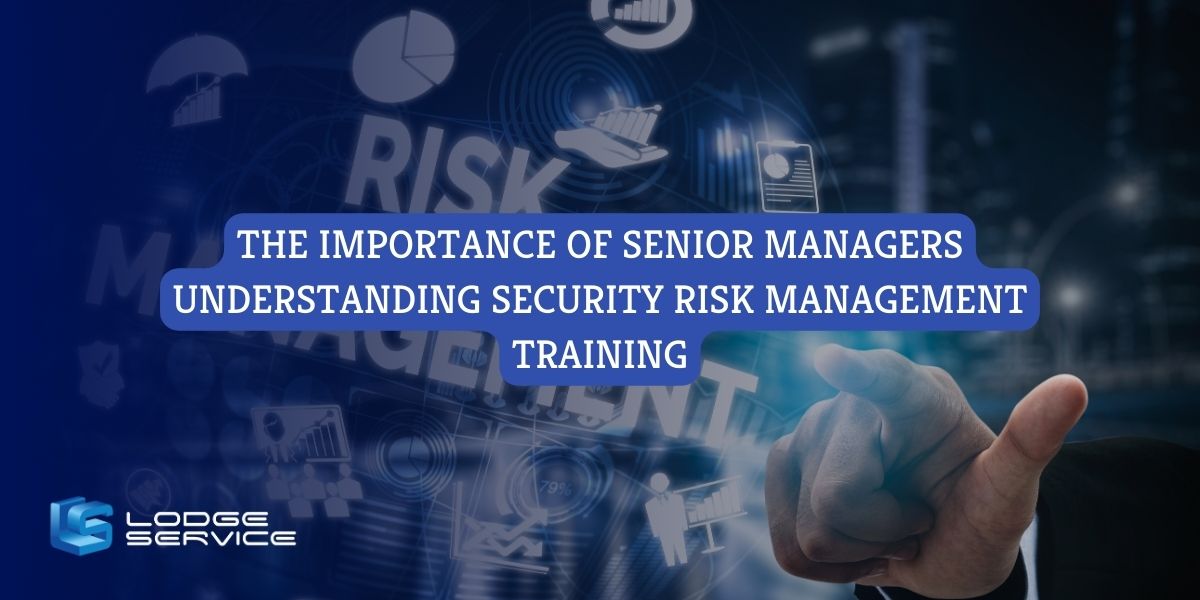Understanding the Value of Risk Management in Current Business Practices
Understanding the Value of Risk Management in Current Business Practices
Blog Article
Checking out the Value of Risk Management for Effective Decision-Making Methods
In the complex world of company, Risk Management emerges as a critical aspect in the decision-making procedure. The ability to recognize prospective threats and chances, and strategize as necessary, can spell the difference between success and failure.
Comprehending the Idea of Risk Management
Risk Management, an essential part in decision-making, is commonly misinterpreted or oversimplified. Risk Management entails self-displined and structured techniques, using information and insightful analyses. From economic uncertainties, lawful obligations, calculated Management mistakes, to mishaps and natural calamities, it attends to different dangers - importance of risk management.
The Role of Risk Management in Decision-Making Processes
In the world of critical planning and business procedures, Risk Management plays an important function in decision-making procedures. Risk Management hence becomes a crucial device in decision-making, assisting leaders to make informed selections based on a comprehensive understanding of the dangers entailed. Risk Management offers as a vital part in the decision-making processes of any organization.

How Risk Management Enhances Strategic Planning
In the context of critical planning, Risk Management plays a pivotal function. Initiating with the recognition of possible threats, it even more expands to the implementation of Risk reduction measures. The role of Risk Management is not static but dynamic, as it requires consistent surveillance and adjusting of methods.
Determining Prospective Threats

Carrying Out Risk Reduction
Having established the value of recognizing potential threats, the following step is to discover Risk reduction. This process involves establishing and implementing approaches to manage determined risks properly. It is a critical element of calculated planning as it improves decision-making by lessening prospective unfavorable results. Risk mitigation strategies can vary from Risk evasion, Risk transfer, to risk reduction. Each strategy ought to be tailored to the specific Risk, considering its prospective effect and the organization's Risk tolerance. Efficient Risk mitigation requires a deep understanding of the Risk landscape and the possible influence of each Risk. This understanding allows organizations to focus on risks and designate sources effectively, making sure that one of the most significant risks are resolved initially.
Tracking and Adjusting Methods
Though Risk reduction is a critical action in tactical preparation, constant tracking and adjustment of these methods is equally important. This continuous process permits organizations to determine new threats and reassess existing ones, making certain the carried out techniques stay effective in the ever-changing service atmosphere. It also gives a chance to assess the success of the Risk Management measures, permitting changes to be made where required, further boosting tactical preparation. Reliable surveillance and adjustment need using analytics and key performance signs (KPIs) to determine performance. These tools offer useful data-driven understandings that can educate tactical decision-making. Tracking and changing Risk Management approaches is a critical element for boosting an organization's resilience and tactical planning.
Instance Studies: Effective Risk Management and Decision-Making
Worldwide of organization and money, effective Risk Management and decision-making frequently function as the pillars of thriving business. One such entity is a multinational oil company that reduced financial loss by hedging against changing oil straight from the source rates. In an additional instance, a tech startup thrived by determining and accepting high-risk, high-reward techniques in a volatile market. An international financial institution, encountered with regulatory unpredictabilities, effectively navigated the situation via positive Risk analysis and vibrant decision-making. These cases highlight the value of sharp Risk Management in decision-making procedures. It is not the absence of Risk, yet the Management of it, that frequently distinguishes effective business from unsuccessful ones. These cases emphasize the essential duty of Risk Management in calculated decision-making. importance of risk management.
Tools and Strategies for Effective Risk Management
These devices, such as Risk registers and heat maps, help in recognizing and analyzing potential dangers. Risk action techniques, a vital element of Risk Management, involve accepting, staying clear of, transferring, or mitigating dangers. With these strategies and tools, decision-makers can navigate the complicated landscape of Risk Management, thereby assisting in notified and efficient decision-making.
Future Patterns in Risk Management and Decision-Making Approaches
As we explore the substantial landscape of Risk Management, it becomes evident that the devices and methods utilized today will proceed to progress. The idea of Risk society, where every member of a company is conscious and included in Risk Management, will gain more prominence. These fads declare an even more comprehensive and aggressive approach towards Risk Management and decision-making.
Verdict

Risk Management therefore comes to be a crucial tool in decision-making, assisting leaders to make enlightened options based on a detailed understanding of the risks involved. Risk reduction techniques can range from Risk evasion, Risk transfer, to run the risk of reduction (importance site link of risk management). Effective Risk reduction calls for a deep understanding of the Risk landscape and the potential influence of each Risk. Risk action techniques, a key part of Risk Management, include accepting, staying clear of, transferring, or mitigating risks. The principle of Risk society, where every member of an organization is conscious and included in Risk Management, will obtain extra importance
Report this page